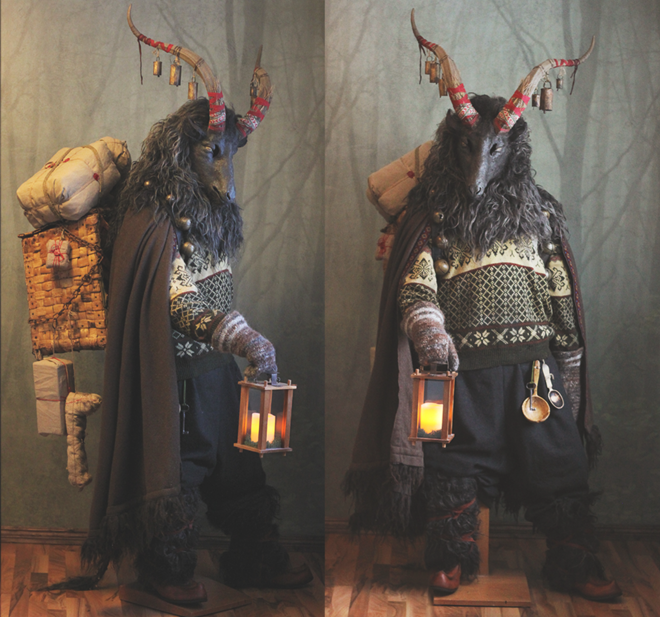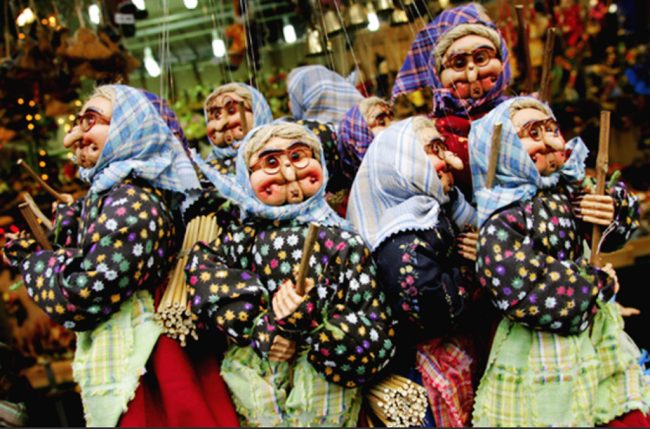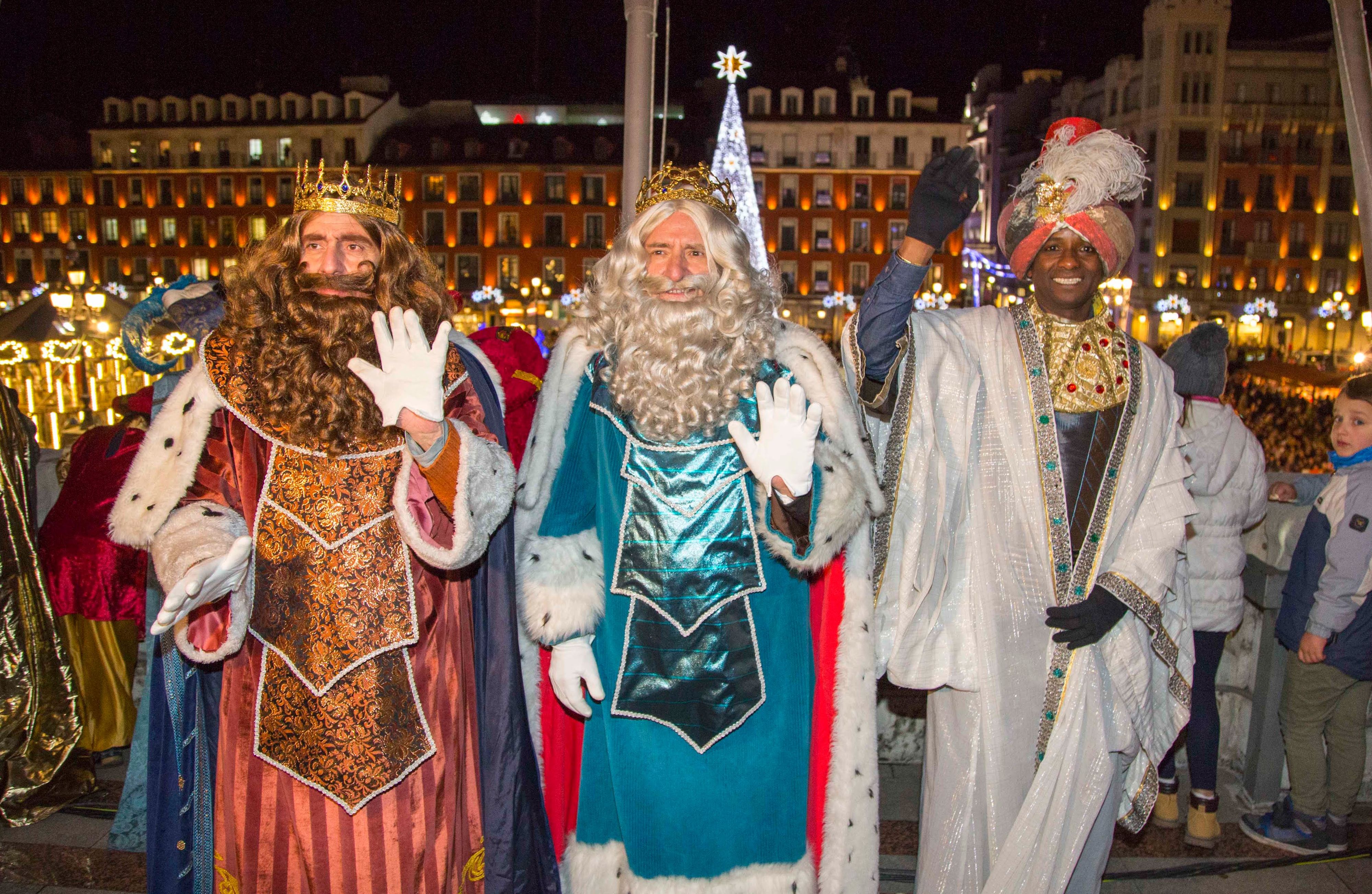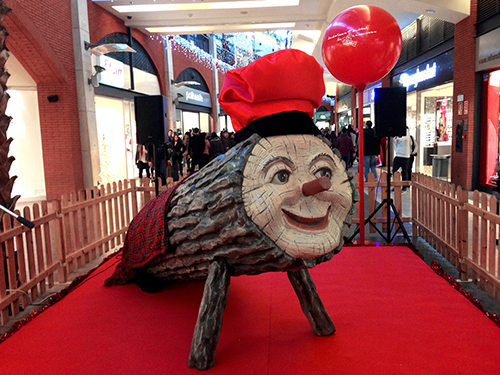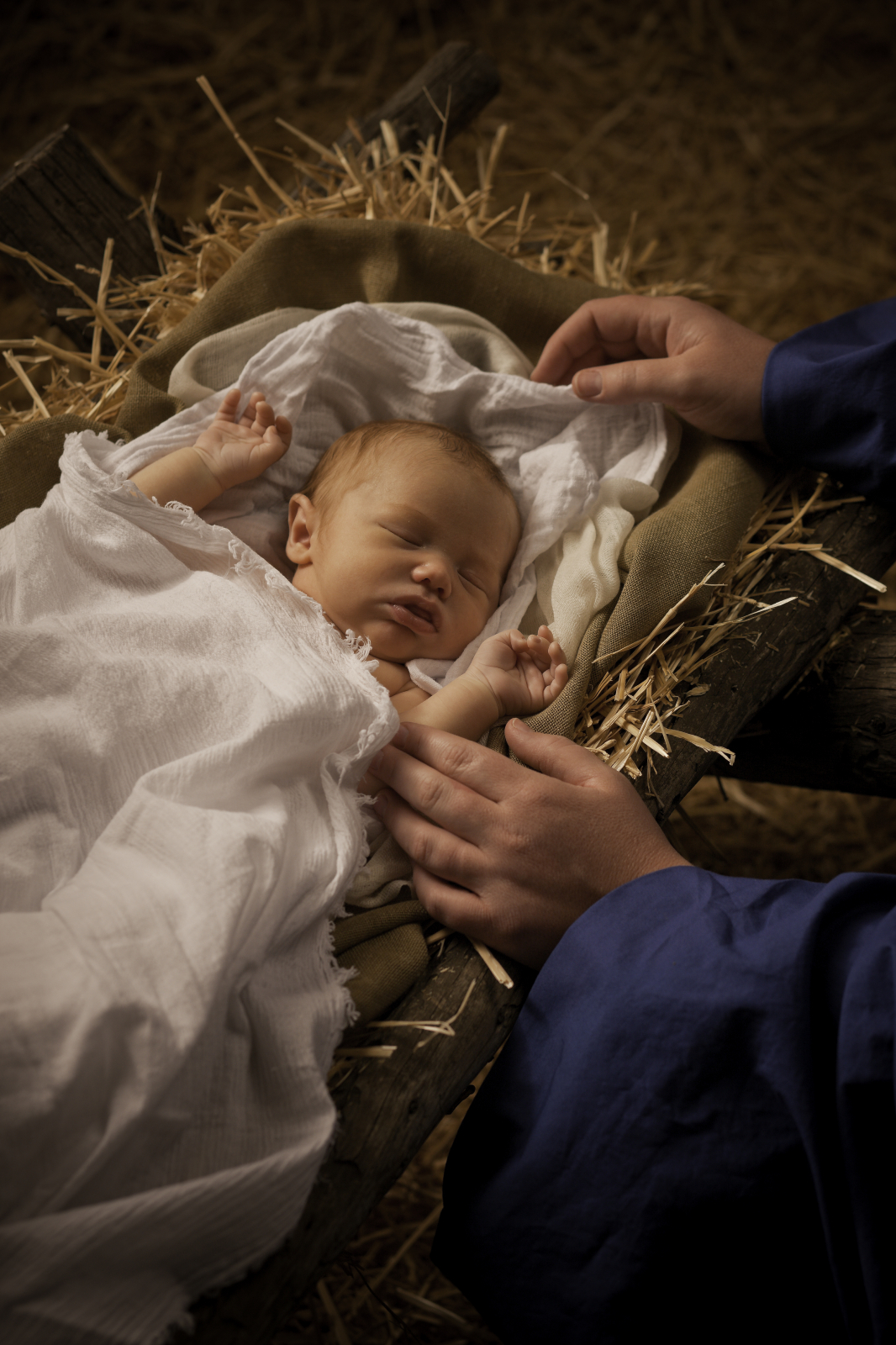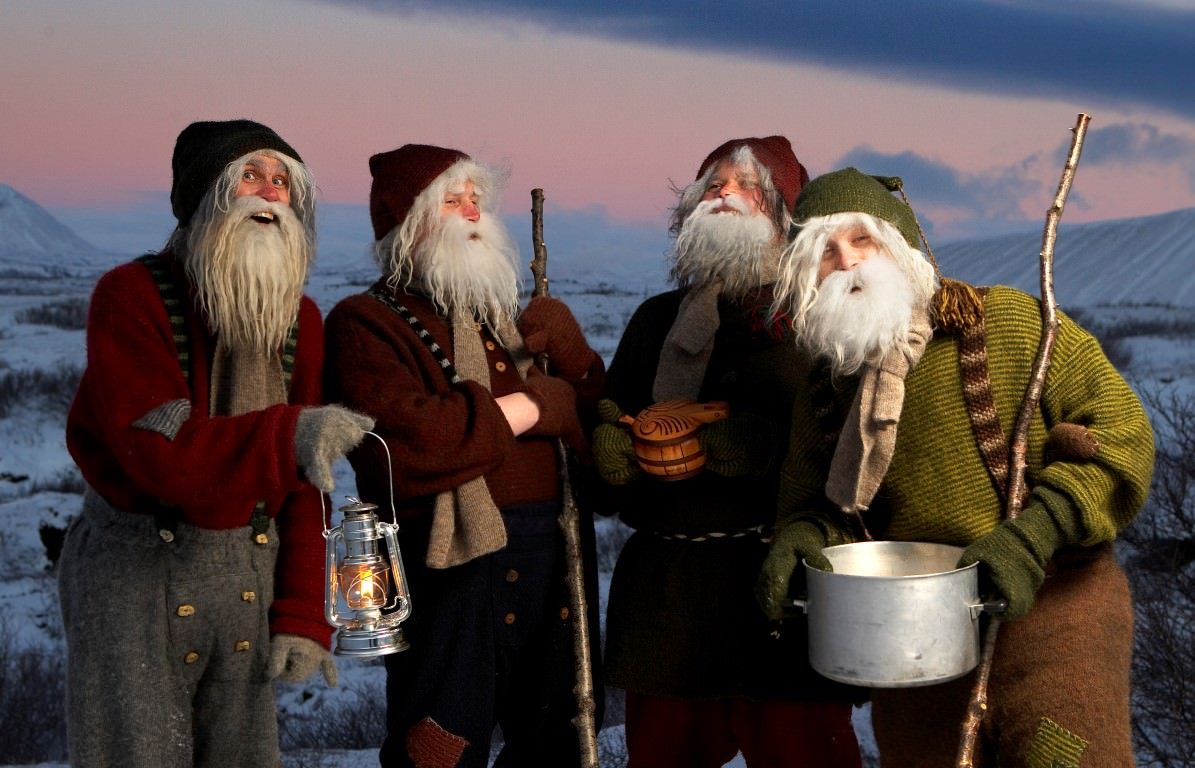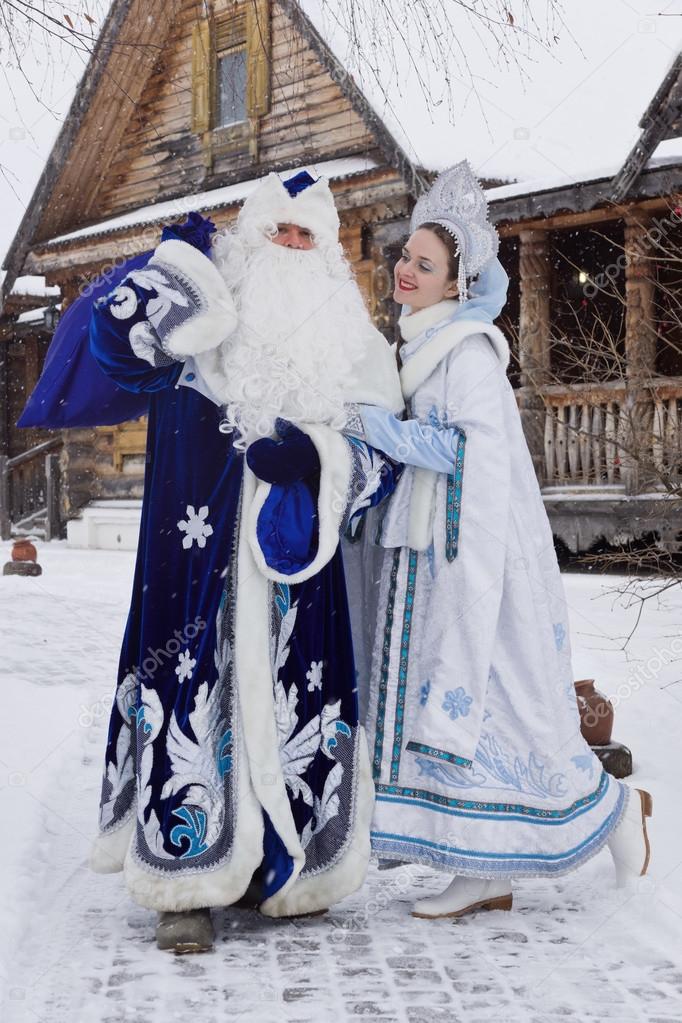The list of festive figures who bring presents to the polite children in Europe (and punish them if they have been naughty!) is longer than many letters to Santa Claus. But if it’s not Santa, then who are the generous gift-givers around Europe? In some countries, gifts are brought by gnomes, elves, dwarves, leprechaunes or other magical characters. Let’s get to know some of them!
Joulupukki – Finnish Christmas goat
St. Nicholas and for the Finns “Joulupukki” or “Christmas Goat”, lives behind the polar circle somewhere among the Lappish hills in the mysterious mountain of Korvatunturi. In the previous incarnation of local mythology, he was a really scary character, serving to scare naughty children rather than rewarding the good ones…
Befana – an Italian witch delivering presents
In Italian folklore, Befana is an old woman who delivers gifts to children throughout Italy on Three Kings’ Day Eve (Epiphany) at the night of January 5. Traditionally, in popular folklore Befana visits all the children to fill their socks with candy and presents if they are good, while the bad children get a lump of coal, garlic or onion. Legend had it that Befana was approached by the Three Kings a few days before the birth of the Infant Jesus to join them to welcome the newly-born baby. Unfortunately, Befana lost the way and she was not able to find them, so to this day, La Befana is searching for the little baby. She leaves gifts at every home she visits in case Jesus is among the children who live there.
Los Reyes Magos
Christmas may have come and gone, but spanish kids are still eagerly awaiting their presents. That’s because it is not Santa Claus who brings them gifts on Christmas Day. The spanish tradition is that Los Reyes Magos, known as the Three Wise Men or the Three Kings, bring children their gifts on the Day of the Epiphany, January 6th. The same as Befana, they leave bad children a lump of coal… The tradition of coal and soot as anti-gifts for naughty children is associated with the recognition of black as the color of evil, sin and hell. Such blackened children became real devils.
Catalan Caga Tió
In Catalan tradition the special Christmas character is Tió de Nadal, commonly called Caga Tió. The form of the Tió found in many Catalan homes since December 8 is a log stand up on four stick legs with a broad smiling face painted and a little red sock hat (a miniature of the traditional Catalan barretina). Children cover this magical log with a blanket so that he will not be cold. They must take good care of the log, keeping it warm and feeding it, so that it will defecate presents on Christmas Day. On December 24, to make it defecate, children beat the tió with sticks (it helps him to facilitate the process of digestion and expulsion of gifts), while singing special song of Tió de Nadal:
Baby Jesus
In many parts of Europe, the gifts are brought by the Baby Jesus instead of Santa Claus. Ježíšek visits the Czechs, Christkind – Germans, Gesù bambino – Italians and Jézuska (often accompanied by an angel) – Hungarians.
Father Christmas and his dark alter ego
French children look forward to Christmas in the hopes that Père Noël (Father Christmas) will bring them gifts, but if you haven’t been nice… there is also Père Fouettard, who gives out spankings to bad children! On Christmas Eve when the children are asleep, little toys, candies and gifts are left in the slippers (les souliers) placed under the Christmas tree (le sapin de Noël). In Germany children are usually being gifted twice – the first time on December 6, as the personification of the real Saint Nicholas (der heilige Nikolaus), who apart from the gift bag, also has a rod (eine Rute) for naughty children. On the other hand, german Christmas Guest (Weihnachtsmann) comes on Christmas Eve (am Heiligen Abend). He is also accompanied by Krampus as his dark alter ego, who visit naughty children.
Thirteen Icelandic trolls
In Icelandic tradition, instead of one Santa Claus there are 13 Christmas trolls (in Icelandic “jólasveinar”). Icelandic children are fortunate enough to be visited by 13 Yule Lads. Kids place a shoe in their bedroom window each evening in the 13 days before Christmas. Every night one Yuletide lad visits, leaving sweets and small gifts or rotting potatoes, depending on how that particular child has behaved on the preceding day.
Grandfather Frost
Grandfather Frost (Дед Мороз) is loved by children in Russia, Ukraine, Belarus and several other members of the former Eastern Bloc. During the Soviet era, when celebration of Christmas was discouraged (and in some countries even completely forbidden), Ded Moroz became the symbol of New Year’s celebrations that’s why he gives presents to children on New Year’s Eve rather than Christmas Day. Grandfather Frost is often accompanied by a female figure called Snowflake-lady.

